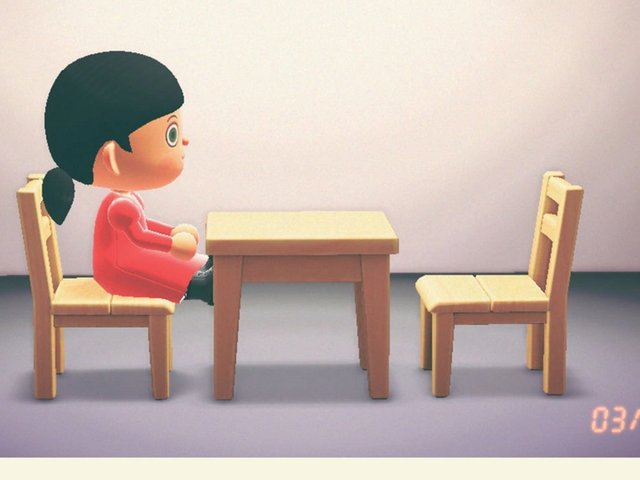In Snap to grid: a user’s guide to digital arts, media and cultures, Peter Lunenfeld comes closer to achieving what so many books and lazy magazines have attempted before and since: to put into context the stunning diversity of “new media” experiences now at our disposal.
The book’s subtitle would have been more accurate had it said A guide to Peter Lunenfeld's use of digital arts, media and cultures, as the personal nature of this work is very much to the fore, but this strengthens rather than undermines the work, as it makes the reader aware of the author’s first-hand professional experience, a far cry from some art historians’ Sunday-afternoon outings into the world of new media.
His job as coordinator of the graduate programme in Communication and New Media Design at the Art Center College of Design in Los Angeles undoubtedly encourages him to theorise, but I suspect it is his work for Lyon Lamb Video Animation Systems, a Californian graphic design company, that contributes more to his understanding of what new media is really about (and it is not always money). It is the book’s ability to ground the virtual in reality that is most rewarding.
This is remarkable in a book published mere months before the current crisis in venture capital funding. The basic misunderstanding of what technology can and cannot do for investors, consumers, and the media above all contributed to the collapse. The world wide web could never live up to such expectations. (Watch for the next slump in the mobile internet in the UK. The licenses were sold at such a high price by the UK government that a crisis is inevitable).
This popular misunderstanding is amusingly illustrated in a brief discussion of virtual reality and the media-fuelled promises of virtual sex. The short lived magazine Future Sex advertised a virtual-sex system as a prank and received a flood of serious inquiries, most, from Germany, eager to see now what they had been told would be possible in the future.
Virtual reality is, of course, making far more modest gains in the area of human experience (The Art Newspaper, No.105, July-August 2000, p.28) and it would be a relief if its exploitation could be left to artists, engineers and scientists and not the column inches of “amateur futurists”.
The book’s glaring omission is its failure to account for the way that new technology, and specifically file-sharing applications such as Napster, is transforming the way that data, specifically music, previously sold is now data simply exchanged. Discussions of visual culture tend to ignore music as though it were unrelated, and this deficiency is not exclusive to this book.
The author discusses architecture, digital photography, the “demo-or-die” culture that drives development forward, and concludes with a discussion of the work of a few of his favourite artists. His “real world” experience in the business of technology comes through in each chapter and lends weight to what would otherwise be waffle. He helpfully suggests that art websites are best viewed as performance—time limited, temporary displays geared toward producing experience—and links them to earlier practice such as Telephone Art and other Dadaist tricks.
This demonstrates what seems to have eluded nearly everyone in the welter of excitement: this technology does not change anything; it simply provides a new context in which to experience and exchange information.
Peter Lunenfeld, Snap to grid: a user’s guide to digital arts, media and cultures (The MIT Press, Cambridge, 2000), 240 pp, 41 b/w ills, £20.50, $32.95 (hb) ISBN 026212226X
Originally appeared in The Art Newspaper as 'Plus ça change...'


